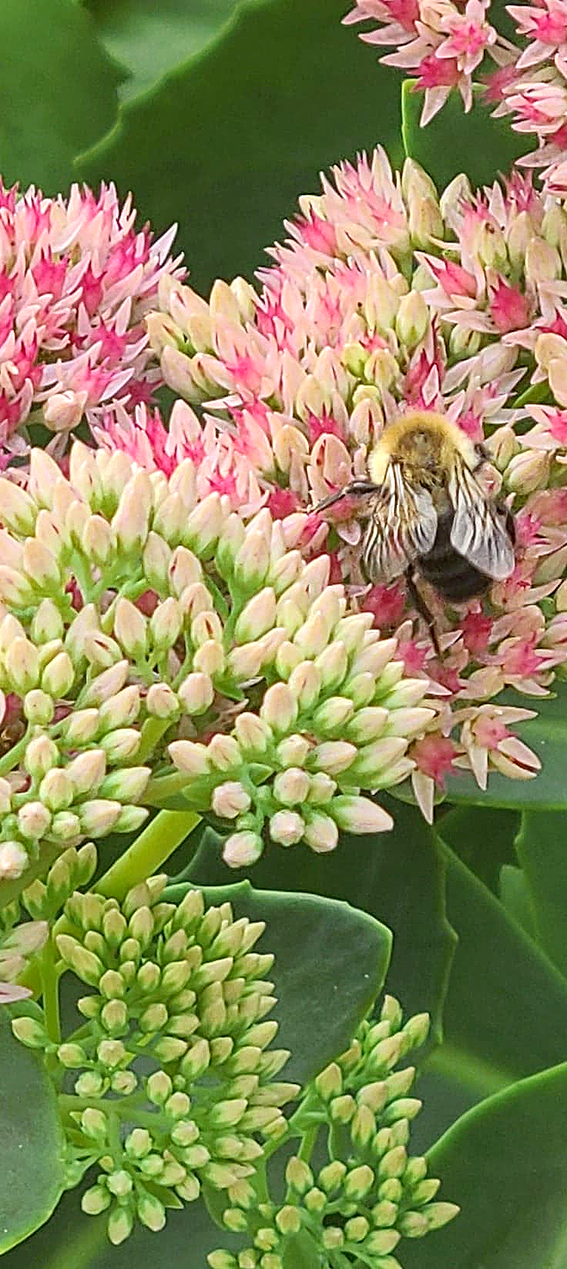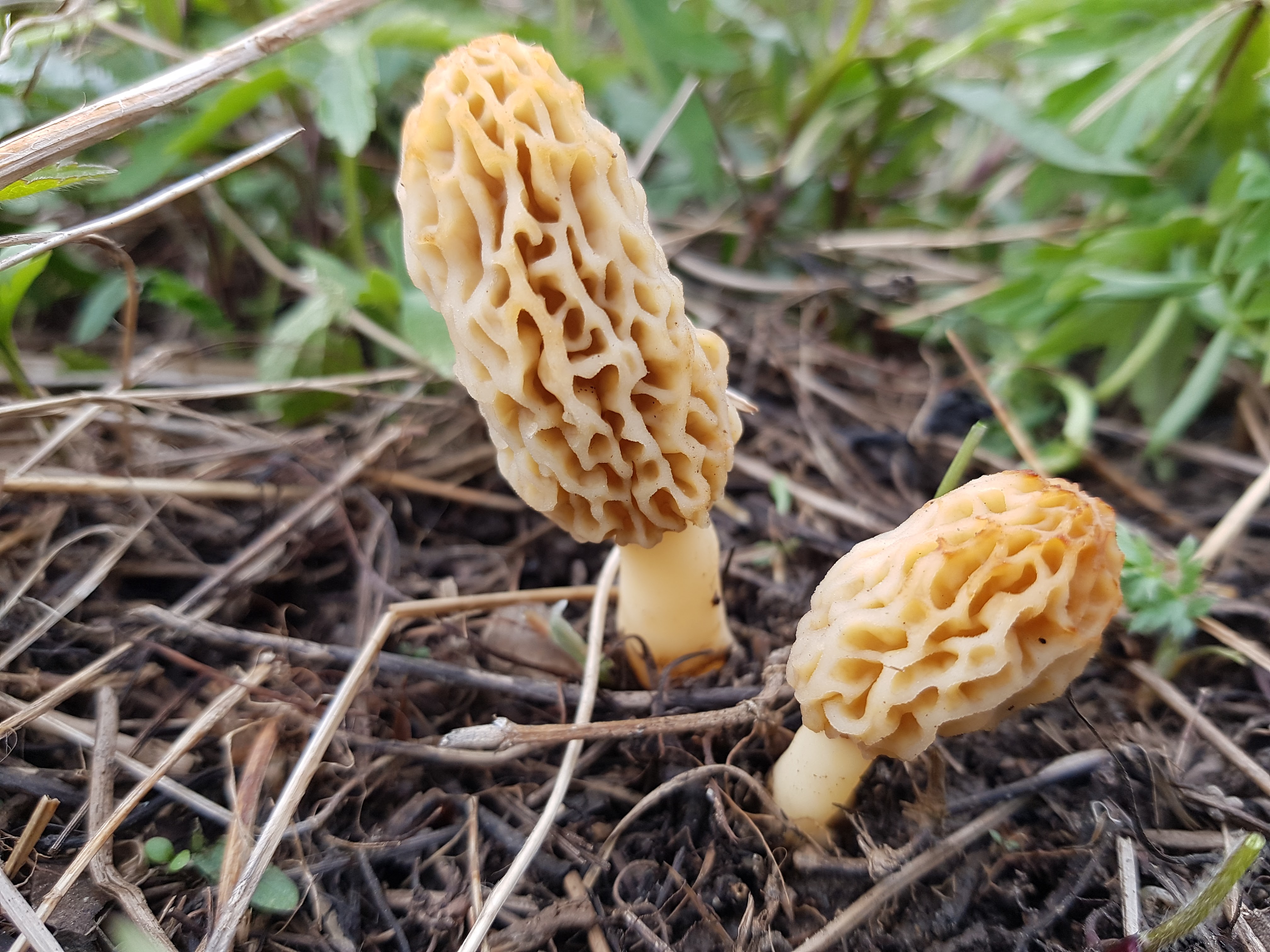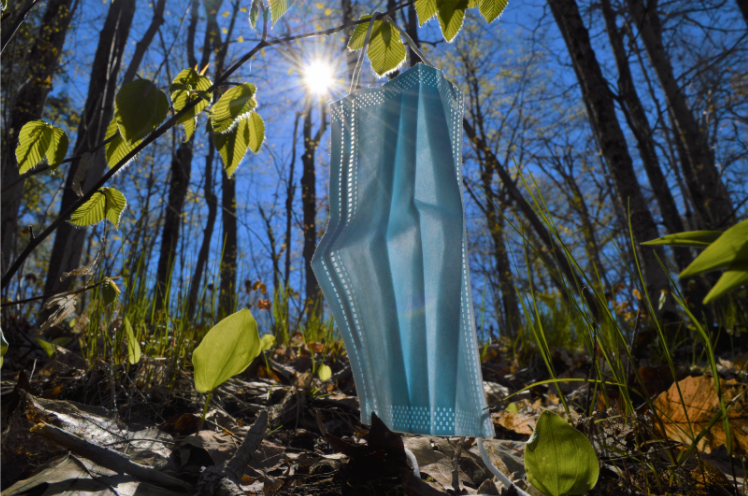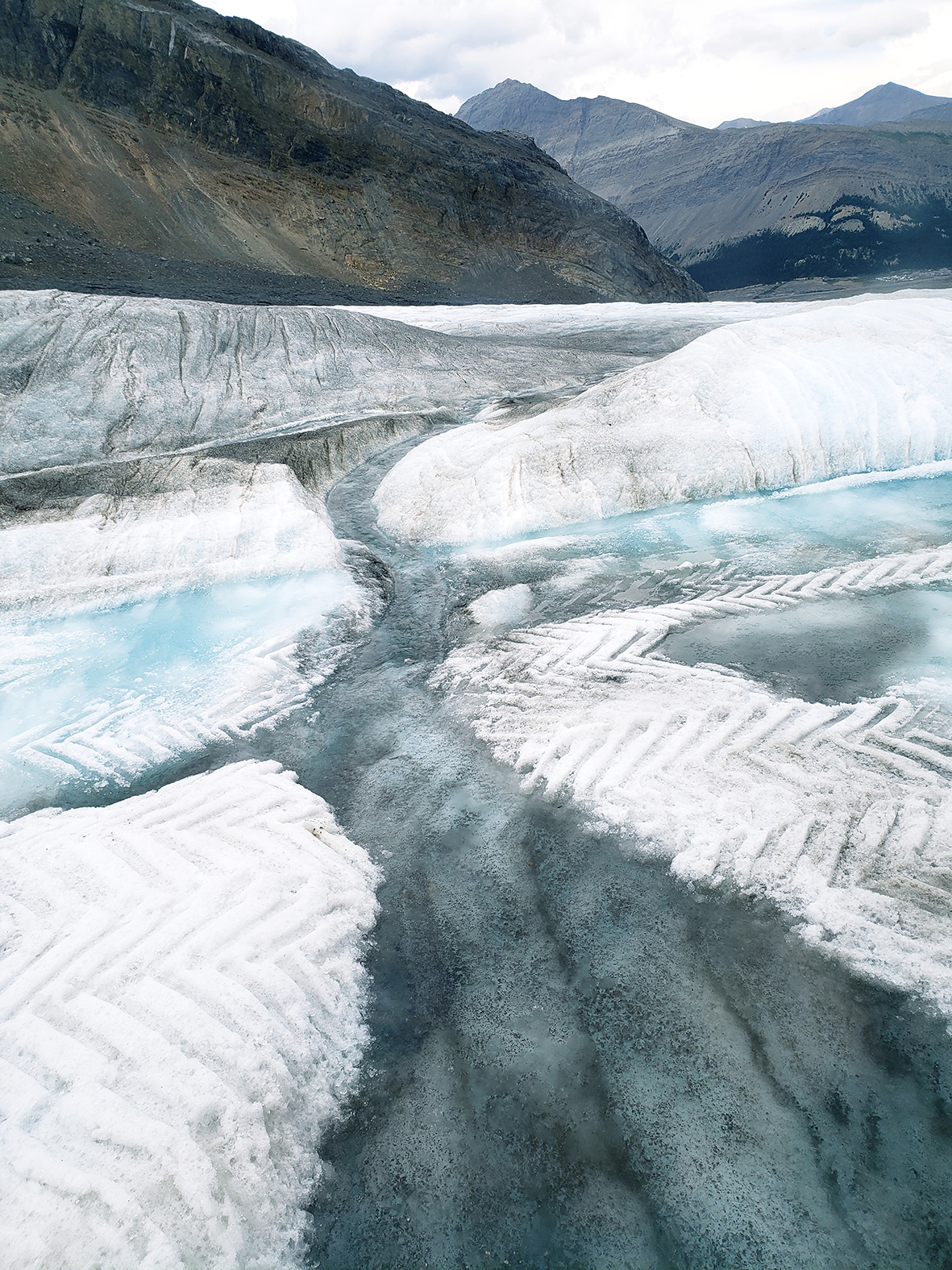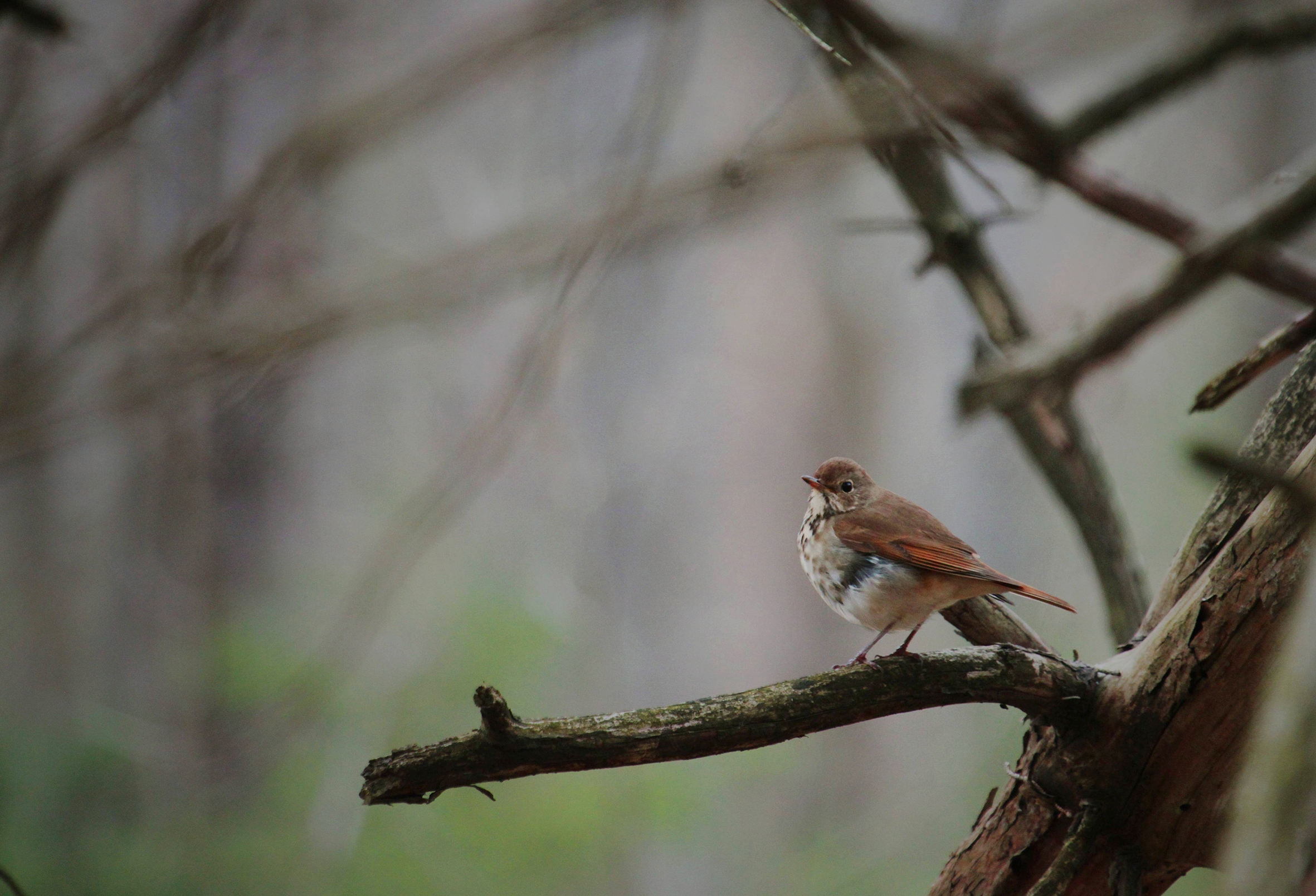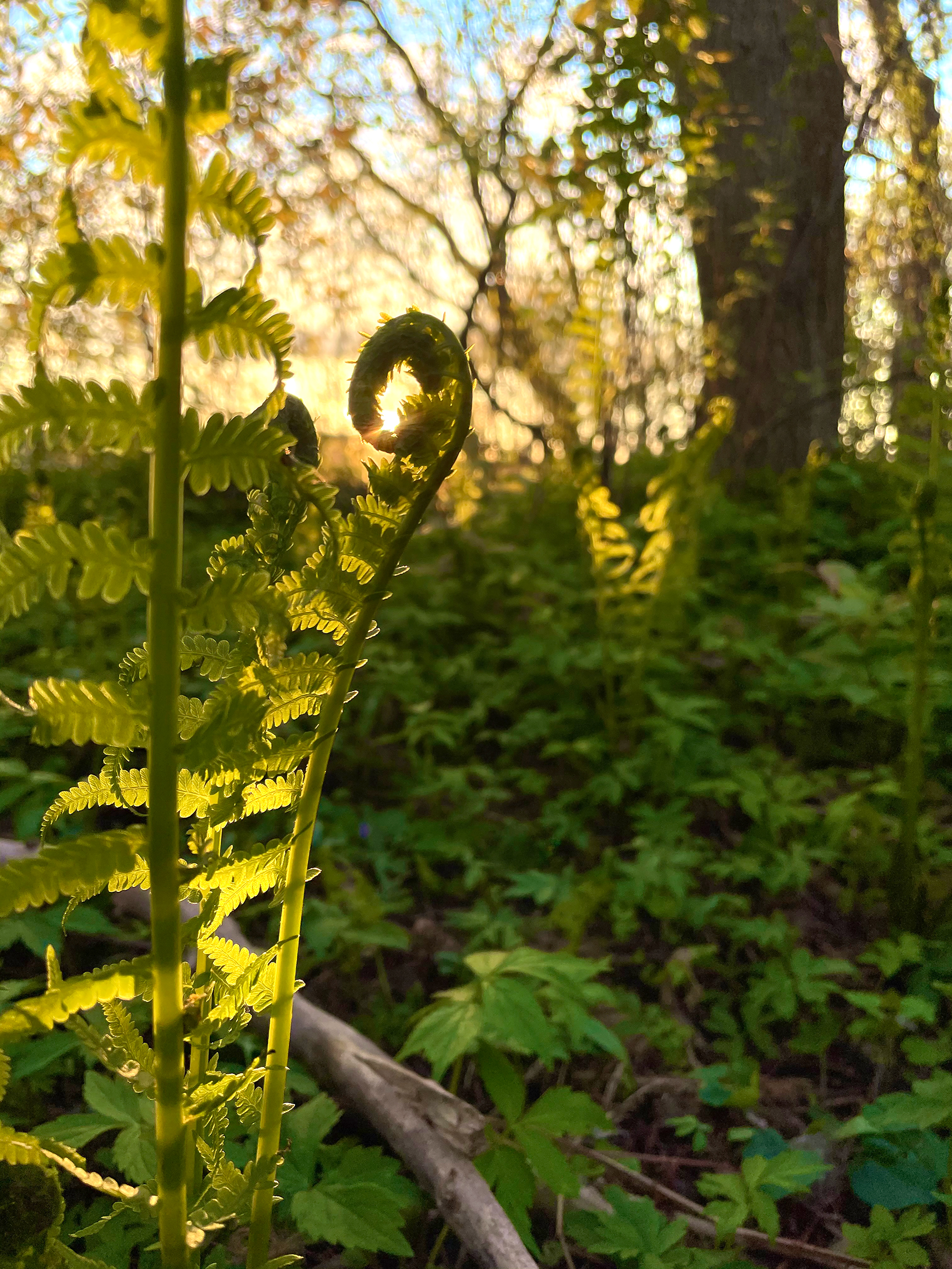Winners
2020-21 Winners
Congratulations to the winners of the 2020-21 Bondar Challenge and thank you to everyone who submitted an entry this year! Despite a challenging pandemic school year, Canadian youth photographed and reflected on nature in thought-provoking and inspiring ways. Winners of this year’s competition are below. We hope you enjoy their photographs and accompanying artist’s statements.

Ages 10 and younger
Garden Goddess by Dekota
St. Francis Xavier Catholic School (Brockville, ON)
Artist’s Statement: The goal was to show how intricate and beautiful a bee is. These amazing creatures are small but their work and contribution to the world and our food supply is mighty.
Continue reading
Bees play a large role in growing many of the foods we eat and without them many plants we rely on would die. The bee in this picture was pollinating a flower in our garden.
If I could retake the photo I would try to focus more on the bee to increase the sharpness and maybe get even closer.
Ages 11 to 14
The Morels by Hazel
Mono-Amaranth Public School (Mono, ON)
Artist’s Statement: The goal of the photo was to enter the contest and the emotional connection is simply that my family LOVES mushrooms. The artistic aspect of the photo, I think, are the colours.
Continue reading
The colours of the mushrooms are really pretty and they look good with the background. The scientific aspect of the environment is mainly the ground and the bushes around the morels. The other plants in the photo have been cleared from around the mushrooms and the twigs and leaves on the ground offer a nice carpet for the mushrooms. The ecozone in the picture is in Ontario’s boreal shield.
I think that to make the photo better, the top of the large mushroom could have been less blurry and we could have zoomed in a bit less. Other than that, it’s great!
They Cut, They Choke, They Kill: Pandemic Pollution by Jordanna
J. Douglas Hodgson Elementary School (Minden, ON)
Artist’s Statement: Metal can cut, strings can choke, plastic can kill. All of these threats are found in face masks, and people just throw them away like it’s nothing!
Continue reading
Approximately 129 billion face masks are used per month. That is 3 million masks used every minute!!! A single face mask can release as many as 173,000 microfibers per day into our oceans. They are also not recyclable and can break down recycling machinery.
My goal for this photograph is to raise awareness and show a potentially disastrous pollution problem caused by the pandemic. Masks protect us from the virus but if not disposed of properly they can hurt our environment. When I see masks discarded carelessly in a forest, beach, and many other places, it disgusts and devastates me.
I wanted to take this photo to show how many masks are out there, even in the most beautiful places, like the forest in this photo. It shows something unnatural in a natural environment. This photo was taken on a sunny morning in the Temperate Forests of the Haliburton Highlands. I think I could have improved with not having unwanted things in the photo.
Intersection by Rowan
Bruce Peninsular District School (Lion’s Head, ON)
Artist’s Statement: In 2018, my mom and I traveled across Alberta on a road trip. One of the beautiful places we visited was the Athabasca Glacier, one of the six glacier “snouts” of the Columbia ice-field. I took multiple photos that day, but I chose this one because of how clearly you can see the impact our intrusion has had on the surrounding environment.
Continue reading
In the image, a blanket of dirt can be seen coating the glacier, as well as very distinct tire tracks from the snow coach vehicles used for the glacier tours. We learned a lot about the ice-field that day, most notably, the fact that the glacier has lost over half of its volume in the past 125 years due to the warming climate. Despite the glaciers retreating presence, the image feels motionless and the colours are quiet, calming and muted.
Even though the photograph depicts the effect that civilization has on the natural world, the artistic elements end up leaving a sense of hope. I’d be interested in photographing it in a different light, I can only imagine how the atmosphere would change. This photograph captures the past, present and future of our planet.
Ages 15 to 18
Be(e) Positive by Katie
Blessed Trinity Catholic Secondary School (Smithville, ON)
Artist’s Statement: The goal of my photograph is to present the total innocence of bees. Bees are so important to the Earth and probably don’t even know it.
Continue reading
Each day, from the summer to fall, honey bees fly around and play a huge role in maintaining our ecosystem; pollination. Bees have a crucial part in our food production, yet, we, as humans, are letting them succumb to tragedies such as habitat loss. I, an entrant, have an important emotional connection to this picture. Firstly, this photograph helped me see an improvement to myself as a photographer.
Secondly, this photo gave me an epiphany. It showed me that, generally, bees are harmless creatures who have an amazing impact on our agriculture. An artistic feature I like about the photograph is how I pulled out the vibrant colours in the sky and flowers.
A scientific aspect is how the bee and flower work harmoniously to provide for each other. The biome that the photograph is taken in is a grassland biome. One way I could have made the photograph better would be to use the rule of thirds more clearly. For example, have the bee closer to the left side of the picture.
Nature’s Journey by Saul
Westside Secondary School (East Garafraxa, ON)
Artist’s Statement: The photo “Nature’s Journey” has a Hermit Thrush resting on an old dying tree symbolizing new life in an old world. “Nature’s Journey” was taken in the Mixed-wood Plains in Southern Ontario, which are the breeding grounds for these birds.
Continue reading
The texture of the Hermit Thrush’s tangy orange and red feathers located on the rule of thirds catches the viewer’s attention. The photograph could have been improved. The image has a dry background as the photo would have been better with a lake located in the back. The time of day would be better during the golden hour as the shadows and lighting would be improved.
I am very proud of capturing this photo as I had spent hours in the wilderness trying to capture the perfect photo of a Hermit Thrush looking for a partner to start a new life with.
Finite Infinity by Monica
Nantyr Shores Secondary School (Collingwood, ON)
Artist’s Statement: Life itself is the very definition of finite infinity. It is the longest occurrence that any living thing will encounter, yet in comparison to the 3.7 billion years of life before it, life lasts but a second in time. The fern species is one of the oldest plants, around 360 million years old.
Continue reading
Through my wistful eyes I recognize these plants as a symbol of eternity; starting as a tight-fiddlehead each spring they are released into their potential by the wisdom of the sun.
The intent behind capturing the sun-setting through the fiddlehead is to show that; growth of life itself surrounds that of what the sun and time provides. Aesthetically, this photo captivated me through the spine’s shape as if it were free like a calm spring breeze, floating and wrapping around warmth.
Captured in the mixed-wood plains ecozone, this photo lies near a rushing stream. In the future, I would attempt centering the sun within the fiddlehead to capture the intended esthetic of my photo. I want people to realize that living itself makes your mere existence exclusive to you. So consider; what can make your own life the definition of finite infinity?

